Amazing facts about Boeing B-29 Superfortress
The Boeing B-29 Superfortress is an aircraft that was developed by the Boeing as a four-engine propeller driven heavy bomber to serve for the US Army. The aircraft was primarily used by the US Air Force during World War II and the Korean War. This aircraft was amongst the largest aircraft that was sued during World War II era which features state of the art technology in both design and production.
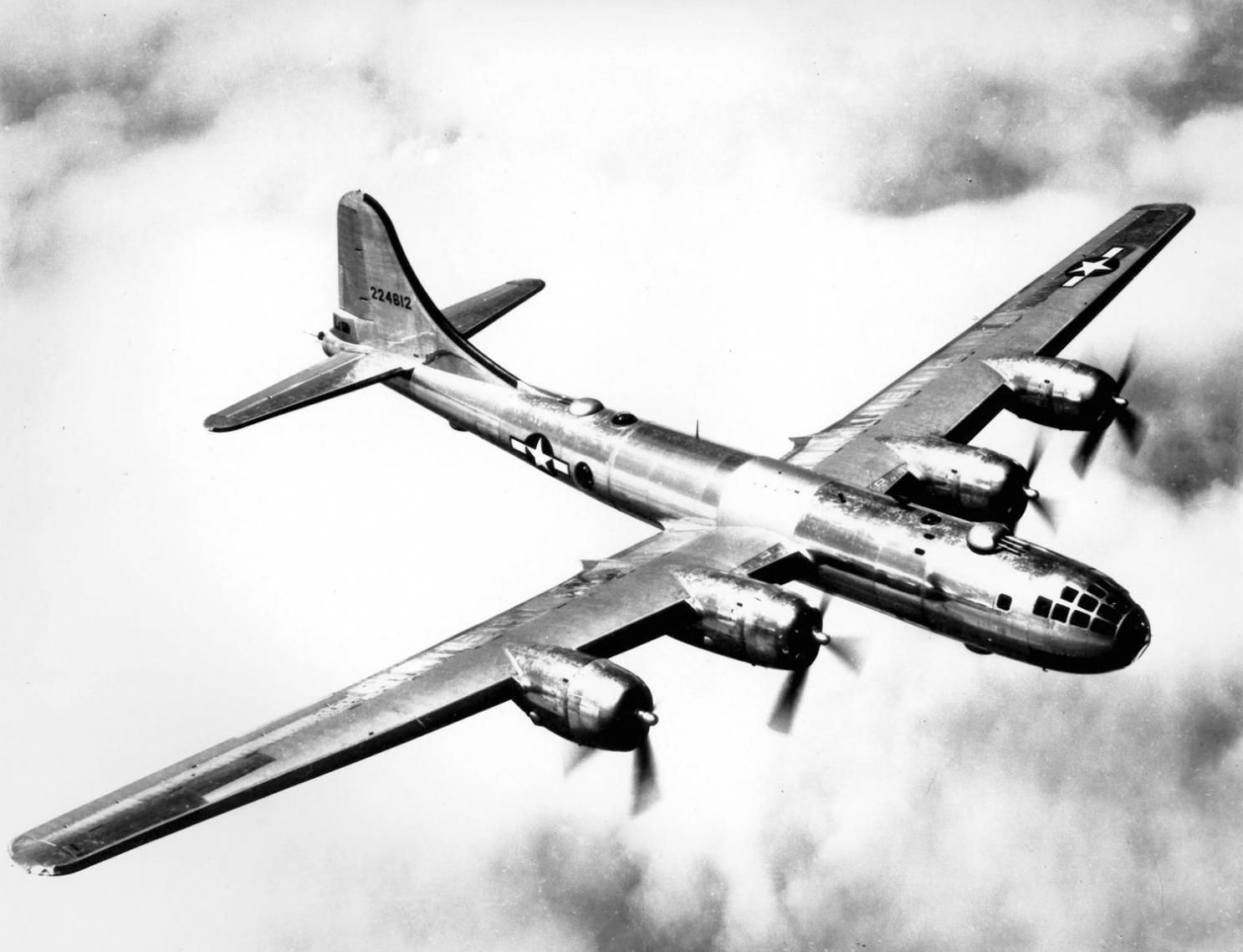
Even during the World War II era, this was built at a cost of 3 billion dollars making it the single most expensive aircraft in World War II. The aircraft even exceeded the cost of the Manhattan Project by 1.9 billion US dollars.
The innovations that were used in the construction of this aircraft included the following.
- Pressurized cabin
- Dual-wheeled
- Tricycle landing gear
- Analog computer controlled fire control system
- Four remote machine gun turrets for all four sides that were easily operatable by a single gunner and fire control officer
A tail gun was also included that was semi-remote control.
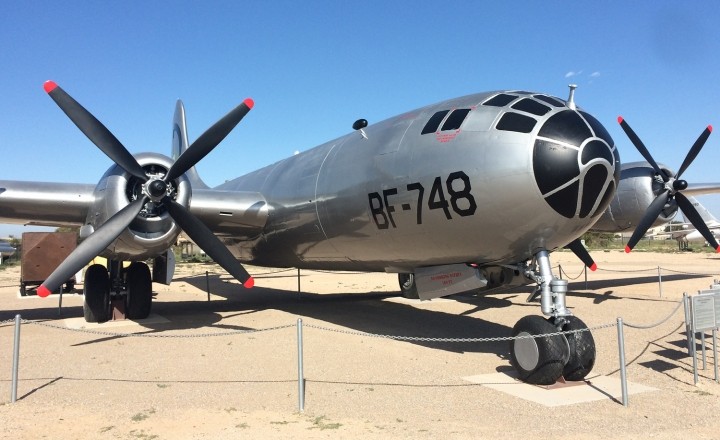
As for its name the Superfortress, it was continued from its predecessor the “B-17 Flying Fortress”. The aircraft was designed to be a strategic bomber and was exceptionally great for low altitude nighttime bombing missions. One of the most famous roles that the Superfortress carried out during the final days of the World War II was carrying out the atomic bomb strikes over the cities of Nagasaki and Hiroshima.
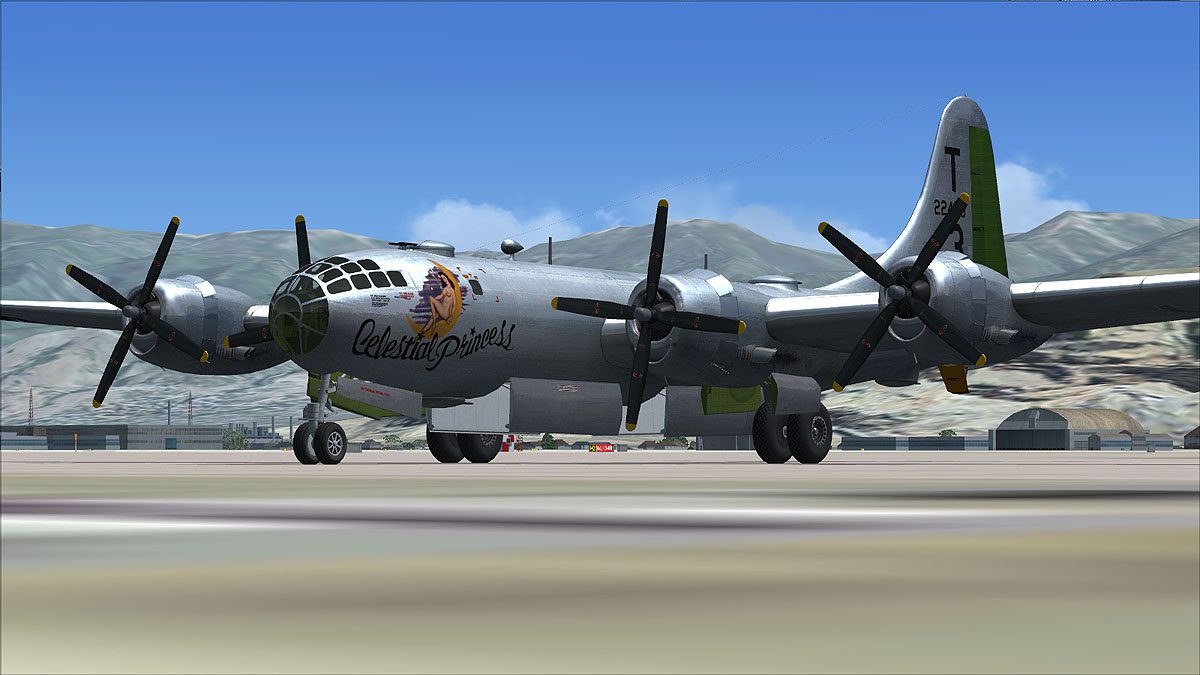
He Boeing B-29 Superfortress stayed in US military service long after the war and even served for the flying television transmitter for a telecommunication company named “Stratovision”. Another aircraft which was designed after the insights of the Boeing B-29 Superfortress was Boeing C-97 Stratofighter which was then followed by another commercial airline variant titled as Boeing Model 377 Stratocruiser.
For our readers today we have gathered a bunch of amazing facts about the Boeing B-29 Superfortress which are as follows.
First flight:-

Boeing started working on the model of the Boeing B-29 Superfortress back in 1938 and the aircraft was ready and the first prototype of this aircraft was ready by 1942. The aircraft took its first flight back on 21st September 1942.
Engine:-

The Boeing B-29 Superfortress was equipped at first with four Wright R-3350 Duplex-Cyclone radial engines but however, these engines were a headache when it came to maintenance. The later model of the Boeing B-29 Superfortress were equipped with the Pratt & Whitney R-4360 “Wasp Major” engines but they came a little bit too later after World War II.
Speed:-
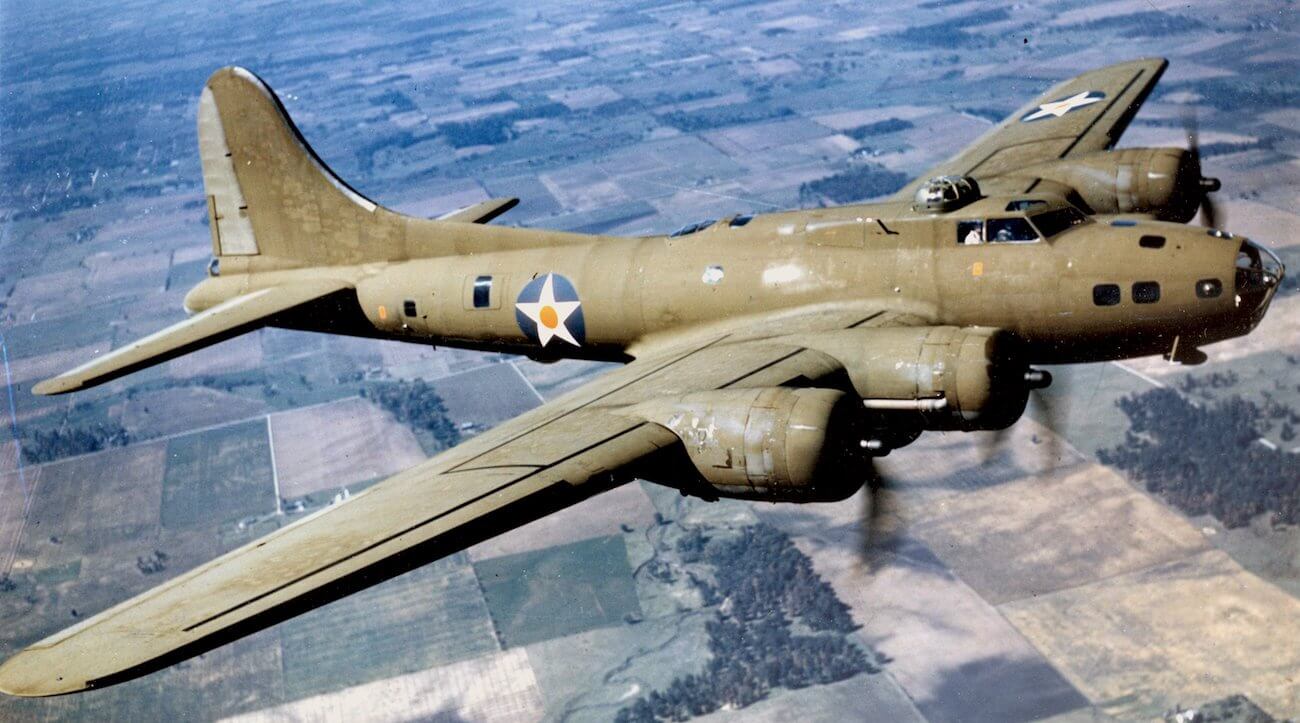
The Boeing B-29 Superfortress was able to have a top speed of about 350 mph or 560 kmph.
Altitude rise:-
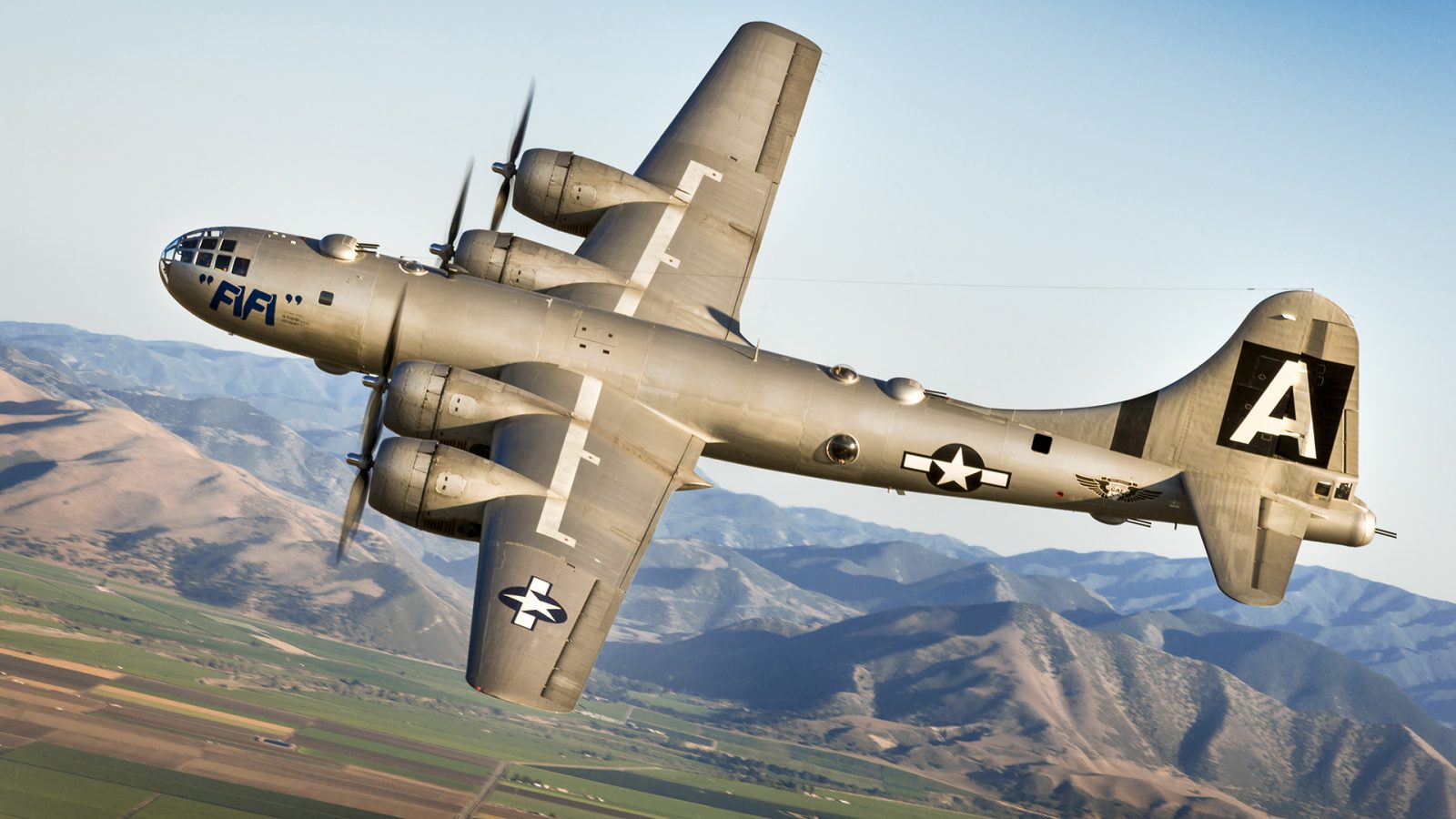
The aircraft was able to rise up to an altitude of 31850 feet which proved to be a great defense of the aircraft against the Japanese fighters which were not able to reach up to these altitudes. At these heights, the aircraft was also able to avoid the anti-aircraft guns.
Area of use in WW II:-
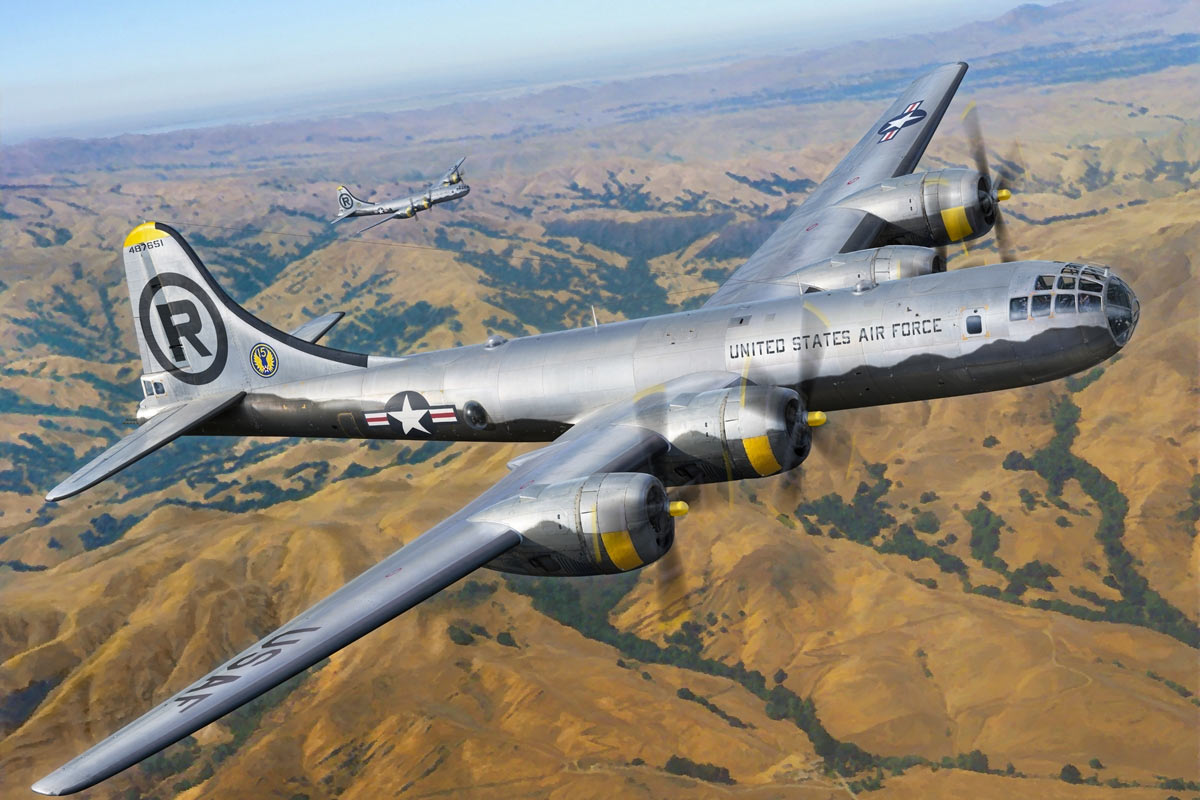
The Boeing B-29 Superfortress was only used by the US Air Force in the Pacific Theater of the World War II.
The Boeing B-29 Superfortresses that dropped atomic bombs:-
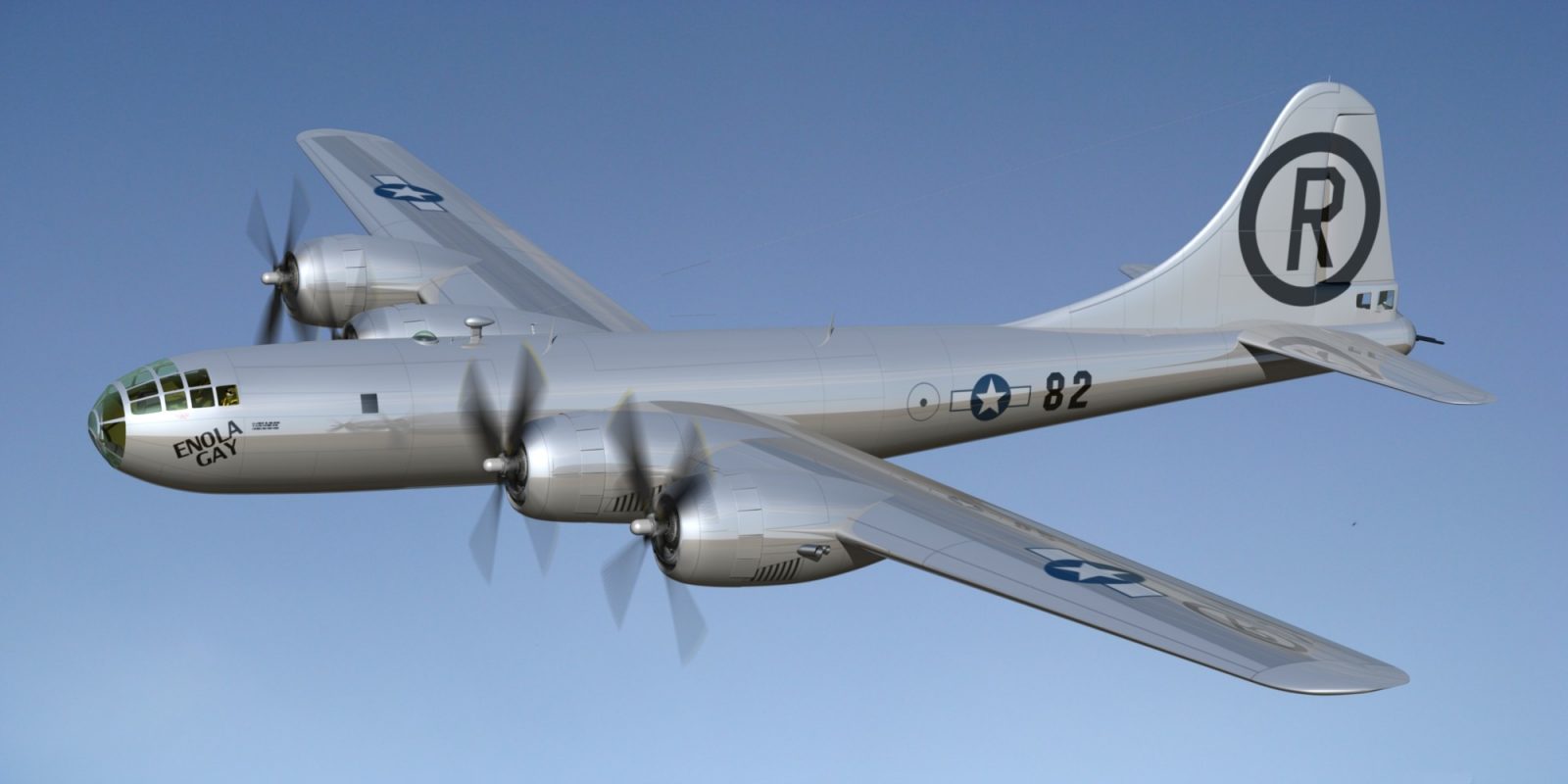
The most notable role performed by the Boeing B-29 Superfortress was hat it was used to drop the atomic bombs over the Japanese cities of Hiroshima and Nagasaki. For that purpose, two different Boeing B-29 Superfortresses were used. One was the Boeing B-29 Superfortress “Enola Gay” that was used to drop the first atomic bomb over the city of Hiroshima, Japan back on August 6th, 1945.
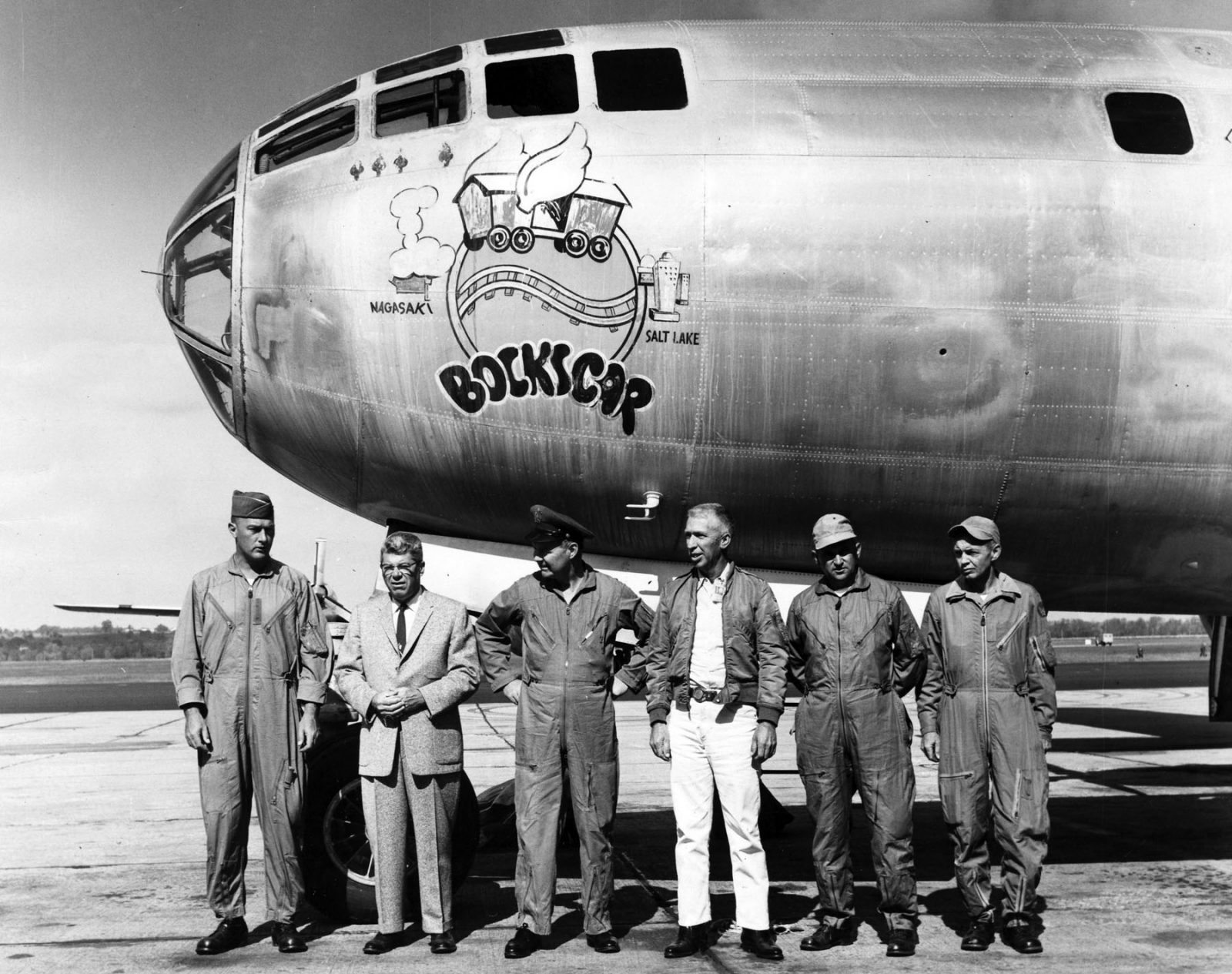
The other one was the Boeing B-29 Superfortress “Bockscar” which was sued to drop the second atomic bomb over the city of Nagasaki on August 9th, 1945.
To note, these are the only two atomic weapons that have been used so far in the real combat.
Hijacked by the Soviet Union:-
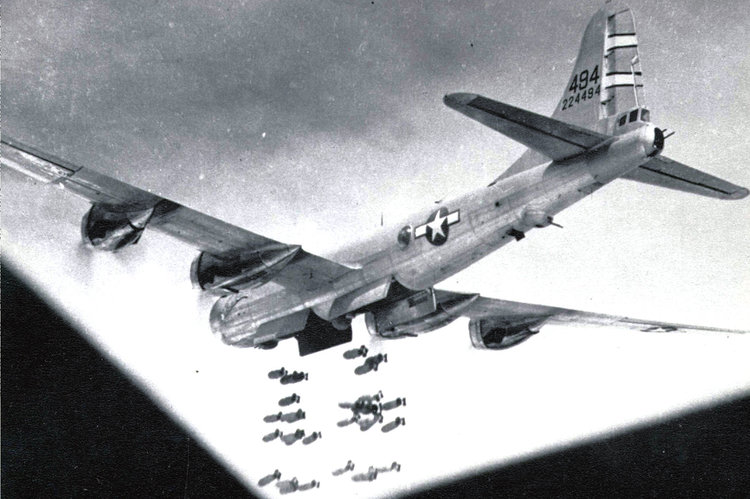
Five of the Boeing B-29 Superfortresses, after making bombing runs over Japan, were forced to make an emergency landing in the Soviet Union. The US asked the Soviet Union to return the aircraft but they refused to do so.
Reverse engineered by the Soviet Union:-
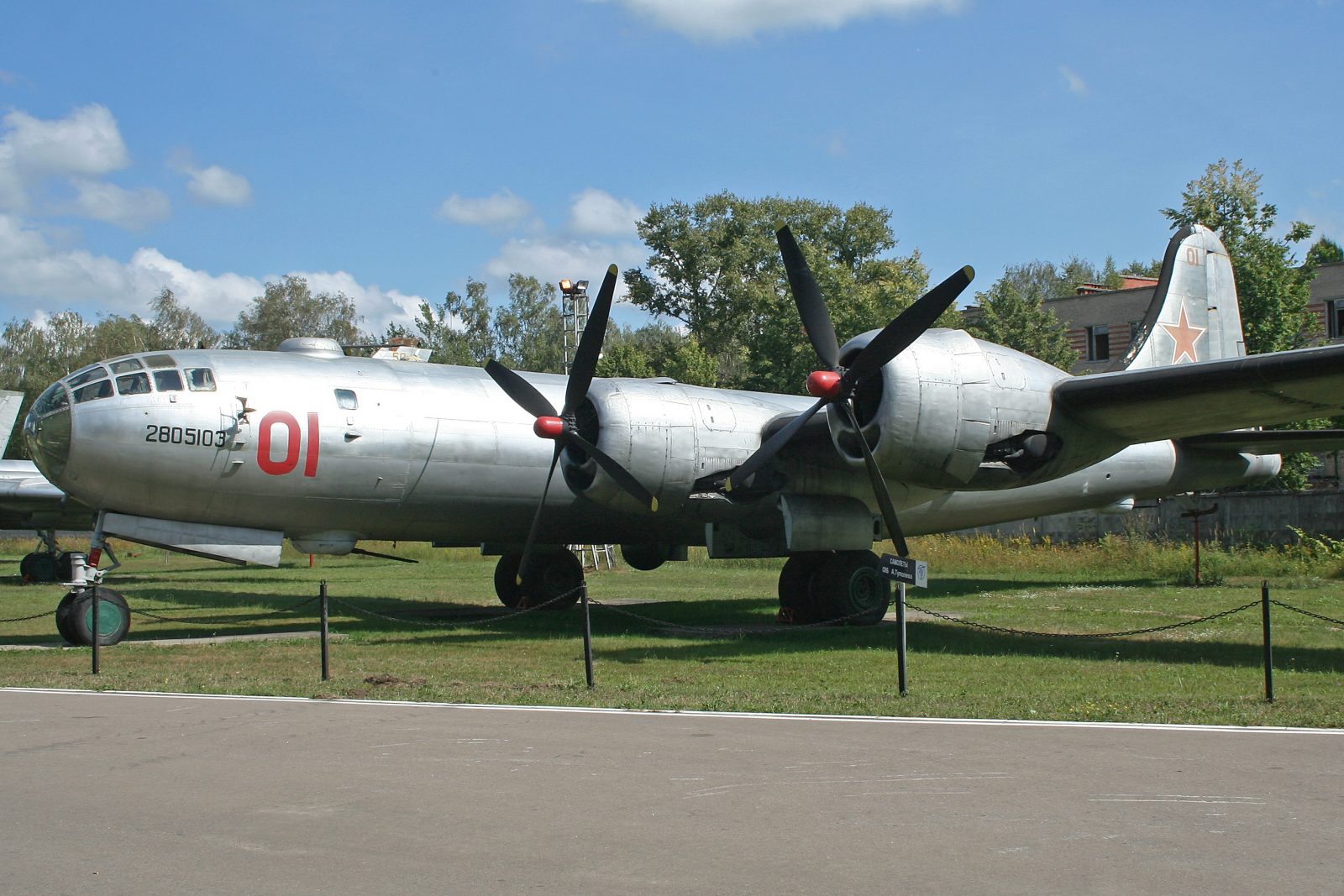
Three of the five Boeing B-29 Superfortresses that were forced to land in the Soviet Union were sent to the Soviet design bureau in Moscow known as Tupelov. There these bombers were reverse engineered by the Soviet engineers that led to them creating the Tu-4. The Soviet Union manufactured a total of 847 of these Tu-4s.
Numbers of Boeing B-29 Superfortresses produced:-
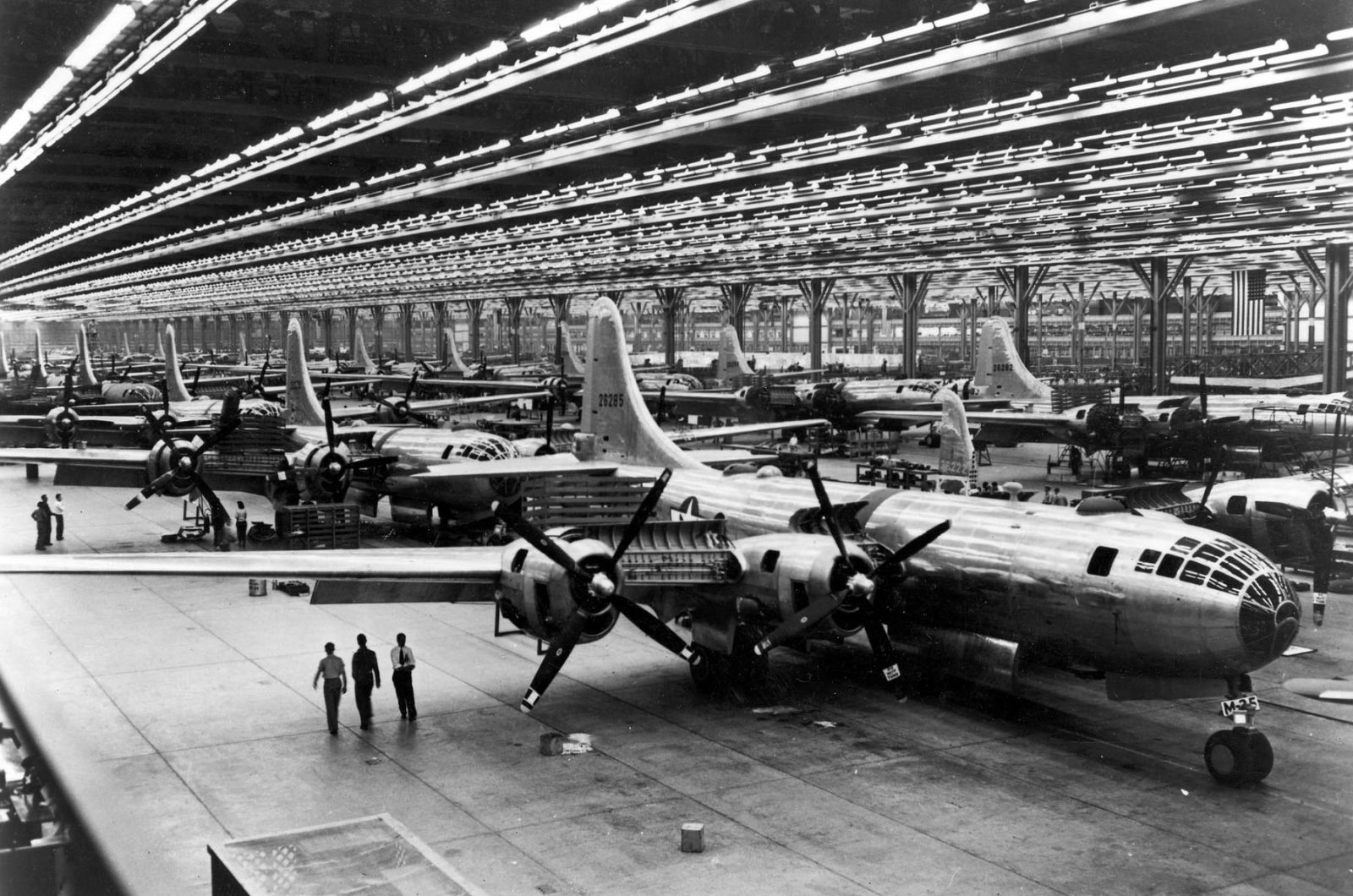
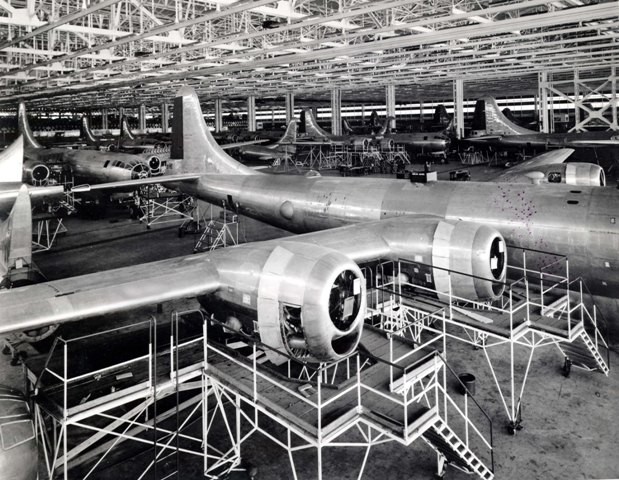
During the time the very first Boeing B-29 Superfortress was manufactured and the last that served in the active military duty, Boeing manufactured a total of 3970 of these aircraft.
Korean War Status:-
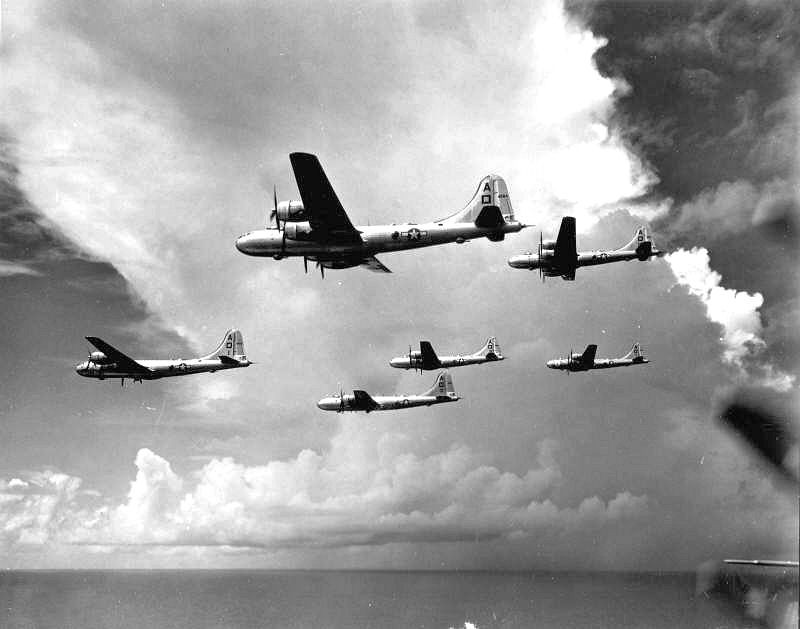
The most combat status that the Boeing B-29 Superfortress saw was during the Korean War. During this war, the Boeing B-29 Superfortress dropped down nearly 200,000 tons of bombs on 20000 different areas of Korea.
Kills in Korean War:-

The Boeing B-29 Superfortress during the Korean War made 29 confirmed enemy kills.
Transport Variant and Commercial variant:-
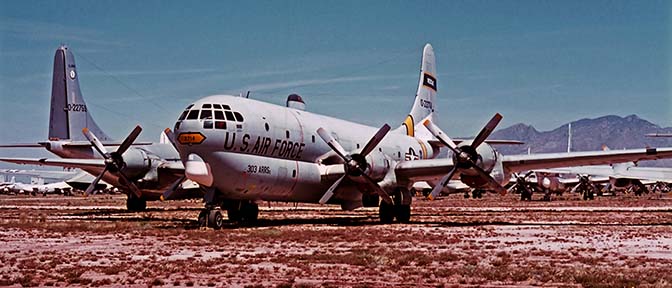
Inspired from the design of the Boeing B-29 Superfortress, Boeing Company first manufactured a transport aircraft Boeing C-97 Stratofreighter which first flew back in 1944 and later a commercial airliner variant, the Boeing Model 377 Stratocruiser which first flew back in 1947.

Retirement:-
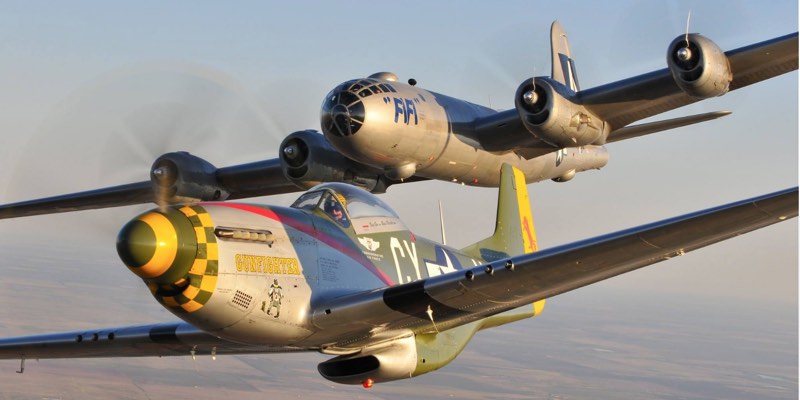
The Boeing B-29 Superfortress served for the US Air Force and Army after it was introduced back on May 8th, 1944 until 21st June 1960. Nowadays dozens of these aircraft are on static display while only two of these have been restored back to flying status. Their names are Boeing B-29 Superfortress “Fifi” and the Boeing B-29 Superfortress “Doc”.

Conclusion:-
The Boeing B-29 Superfortress served the role of a strategic bomber for the US Air Force during both the World War II and the Korean War the aircraft with its array of weapons and highly advanced technologies combined with its high altitude climbs was one of the prized assets of the US Air Force in war times.
The aircraft which is primarily known for its role as an aircraft that dropped atomic bombs is nowadays only n static displays with an exception of two that are used for only a demonstration flight.
Related Content
Share this content:


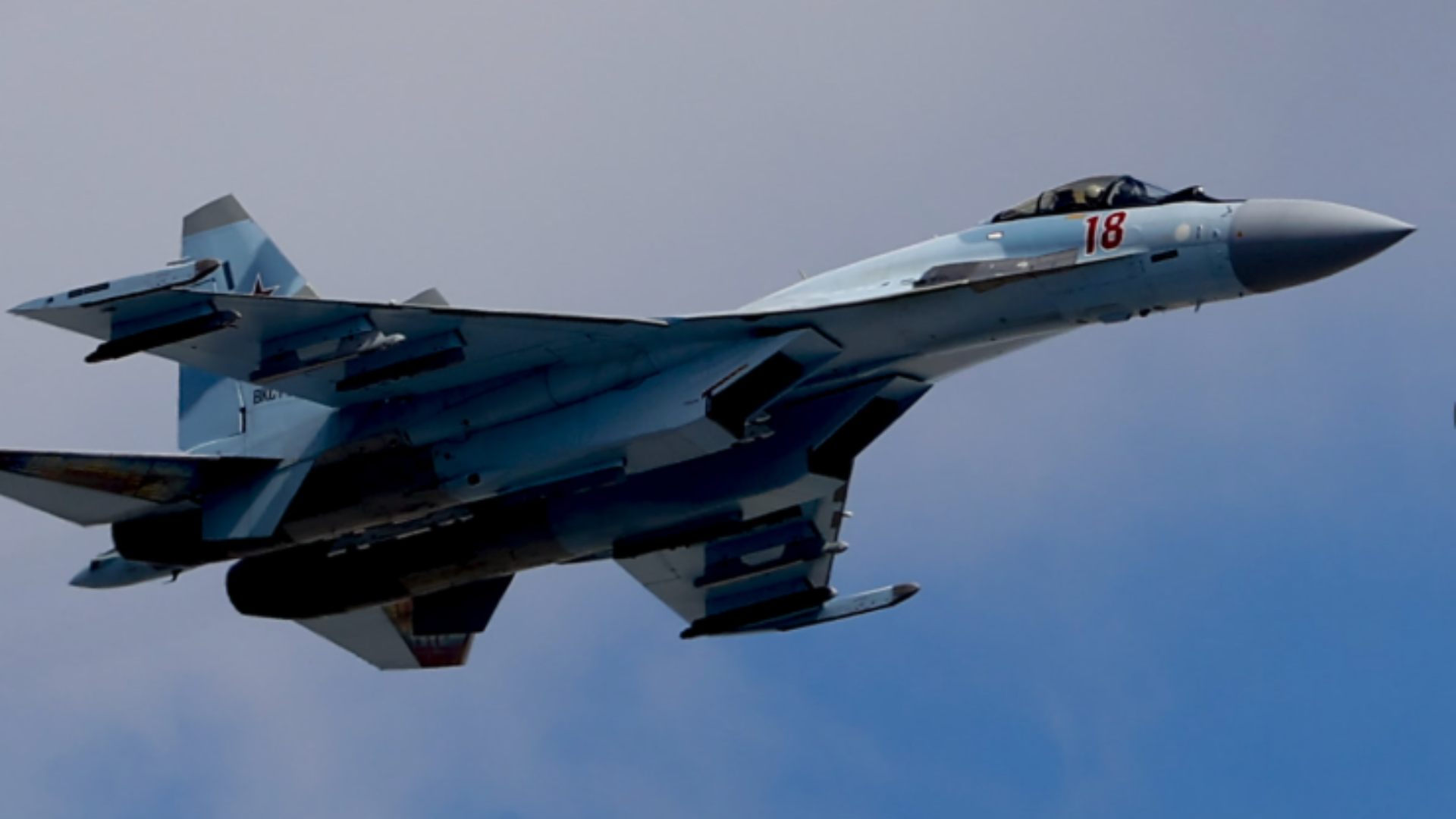
Post Comment